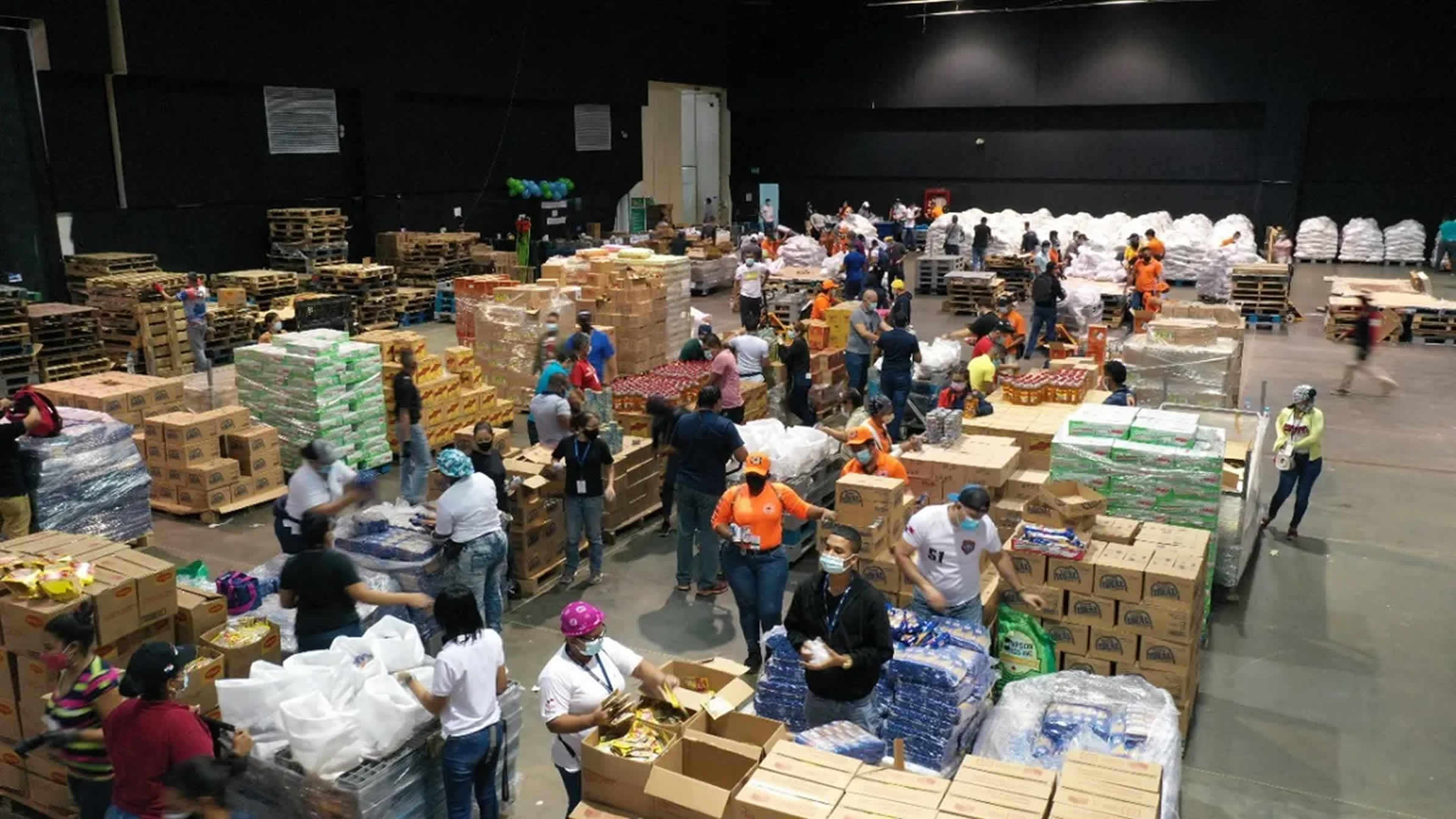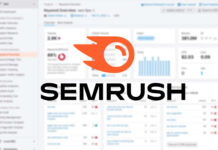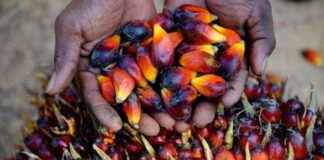Panama in 2025 is a land of contrasts—vibrant cityscapes in Panama City hum alongside the quiet resilience of rural communities in Darién. As global economic ripples and local inflation challenge households, Panama’s government aid programs shine as beacons of support, empowering everyone from urban entrepreneurs to indigenous farmers. Whether you’re balancing grocery bills in San Miguelito or planning a small business in Boquete, these initiatives offer practical tools to ease financial strain. This guide dives into the heart of Panama’s aid ecosystem, blending actionable advice with inspiring stories to help you access benefits with confidence. Let’s explore how to navigate these resources, stay informed, and build a brighter future.
Knowledge is power, and staying updated on Panama’s evolving landscape is your first step. Noticias de Panamá serves as your go-to source for real-time updates, from policy announcements to local triumphs. Picture a baker in David learning about new trade deals through timely reports, enabling her to export her pan de coco to regional markets. These insights aren’t just news—they’re opportunities, helping you align your plans with developments like infrastructure upgrades or tax relief. By tapping into this resource, you’re equipped to make smart moves, whether it’s leveraging a new bus route in Colón or preparing for seasonal price shifts.
For a deeper dive into current events, Actualidad en Panamá captures the nation’s pulse, spotlighting regional shifts that shape daily life. Imagine a mechanic in Chitré reading about expanded vocational grants, prompting him to upskill in electric vehicle repair. From health campaigns in Guna Yala to solar projects in Azuero, this platform connects you to changes that matter—think lower fuel costs or new markets in Veraguas. In 2025, with Panama’s economy growing at a steady 4%, these updates help you anticipate opportunities, ensuring you’re ready to pivot, whether you’re a student, parent, or small business owner.
At the core of Panama’s support system is Bono Solidario Panamá, a lifeline for families facing economic hurdles. This program delivers monthly stipends to households earning below the poverty line, covering essentials like utilities or school supplies. Enhanced for 2025, it now includes gig workers, like delivery riders in Tocumen, and uses digital payouts for speed. Take Rosa, a single mother in Arraiján, who used her bono to fund a baking course, turning aid into a thriving cupcake business. Applying is straightforward: submit your cédula, income proof, and residence details online, with mobile units assisting remote areas like Ngäbe-Buglé. This isn’t just a handout—it’s a bridge to stability, tailored to Panama’s diverse communities.
Embracing the digital era, Vale Digital Panamá Solidario redefines aid accessibility. This e-wallet loads credits onto your phone, redeemable at partnered stores like Super 99 or Farmacias Metro. Whether buying rice in Santiago or medicine in Pedregal, it’s seamless: scan a QR code, and funds deduct instantly. Registering takes minutes—enter your cédula and household info on the official portal. In 2024’s drought-hit Coclé, vale credits helped farmers restock seeds, saving harvests. With app alerts for reloads and no transaction fees, it’s a game-changer, letting families like Juan’s in La Chorrera shop with ease and dignity.
Panama’s aid goes beyond single programs, weaving a tapestry of support through Programas de Ayuda del Gobierno de Panamá. This suite spans education, housing, and nutrition, tailored to regional needs. In Bocas del Toro, families access roofing grants; in Herrera, women entrepreneurs tap micro-loans for craft businesses. AI-driven applications now match you to relevant aid, slashing wait times. For a student in Colón, this means funded textbooks; for a retiree in Coronado, it’s telehealth access. These programs don’t just fill gaps—they fuel futures, aligning with Panama’s vision of inclusive growth.
Security is key, and Verificar Bono Solidario Panamá ensures your benefits stay safe. This online tool lets you check eligibility or payment status with your cédula and last payout date, catching errors like outdated addresses. In 2025, with cyber threats rising, two-factor authentication adds protection. Take Miguel, a retiree in Penonomé, who used verification to fix a profile glitch, restoring his bono before holiday expenses. Tips: update your info monthly, use official .gob.pa sites, and report phishing to hotlines. This isn’t red tape—it’s your safeguard, keeping aid flowing smoothly.
Eligibility for the bono is clear: households under $200 per capita qualify, with flexibility for single parents or those with disabilities. Submit a cédula, utility bill, or padrón familiar, and mobile teams in places like Emberá-Wounaan simplify access. The vale digital complements this, usable at 600+ stores, with credits tracked via app for transparency. Urban users can link wallets to loyalty programs at chains like El Rey, maximizing value. In rural Darién, workshops raise awareness, ensuring no one’s left behind.
These programs interlink for impact. Education grants fund courses at institutes like UTP, empowering youth like Ana in David to study nursing, her bono-funded laptop sparking a career. Health initiatives offer free screenings in underserved zones, cutting hospital costs. Housing subsidies in Los Santos fund solar panels, slashing bills by 35%. A mother in Guna Yala uses nutrition vouchers, freeing funds for a micro-loan to expand her weaving business. One application unlocks multiple benefits, amplifying every balboa.
Real stories bring it to life. Carla, a fisherman’s wife in Pedasí, used her bono to buy gear, boosting their catch and local market sales. In Ngäbe-Buglé, aid funds clean water systems, blending relief with cultural preservation. Challenges like rural delays persist, but SMS alerts and digital dashboards are closing gaps. Urban users manage benefits via apps, while rural cabildos shape policy, giving voice to communities from Chiriquí to Kuna Yala.
Panama’s 4% GDP growth, driven by canal revenues, funds these programs, with audits ensuring sustainability. Aid targets the bottom quintile, narrowing urban-rural divides, and includes resident expats. Green initiatives shine: bonos reward sustainable farming in Veraguas, aligning with climate goals. A cooperative there used aid for drip irrigation, boosting yields by 30% while saving water—a dual win.
Youth programs blend stipends with mentorship. In Colón, teens funded by aid now code apps, their remittances lifting families. Seniors get bono top-ups for meds in Coronado, while women’s initiatives, like shelters in Panama City, ensure equity. Cultural grants fund Emberá crafts, monetizing heritage. Infrastructure training for canal projects preps locals like Luis in Colón for port jobs, reducing foreign labor needs.
Maximize benefits with smart habits: set reminders for verification checks around the 15th, link vale credits to store apps for perks, and scan documents early for applications. Join community forums to shape aid policies—they’re influencing 2026 budgets. Tech users can explore API tools, though basic apps work fine. Stick to .gob.pa domains to avoid scams, and report phishing to authorities.
These programs are Panama’s promise of shared prosperity. From digital wallets to green grants, they empower you to navigate 2025 with confidence, crafting a future where every step counts.












